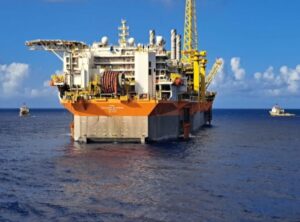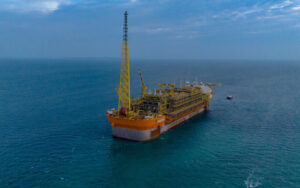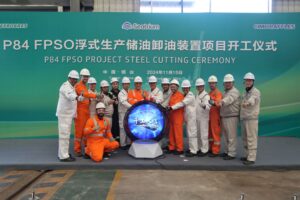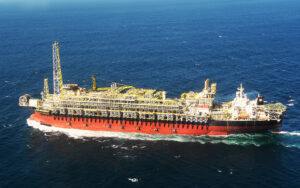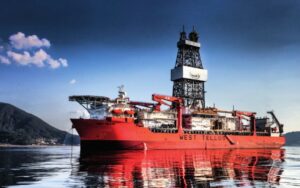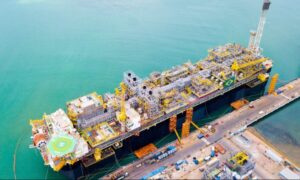Petrobras sanctions next phase of two oil projects in Brazilian waters
Brazilian state-owned oil and gas giant Petrobras has made a final investment decision (FID) to move forward with the second development phase of two oil fields in the pre-salt Santos Basin off the coast of Brazil.
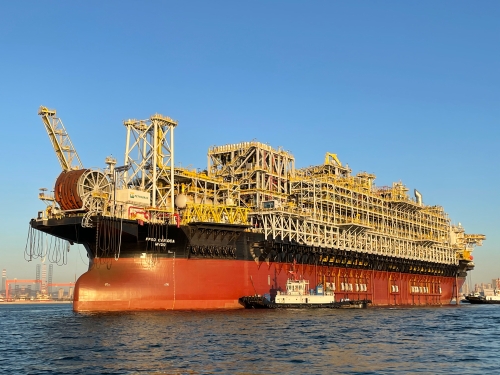
Petrobras’ FID for the second development phase of the Atapu and Sépia fields enables Seatrium to embark on two newbuild contracts, valued at approximately S$11 billion ($8.15 billion), for the construction of the FPSOs P-84 and P-85. Petrobras holds a 65.7% stake in the shared reservoir of Atapu in partnership with Shell (16.7%), TotalEnergies (15%), Petrogal Brasil (1.7%) and Pré-Sal Petróleo S.A (PPSA) (0,9%).
Nicolas Terraz, President of Exploration & Production of TotalEnergies, commented: “The decision to launch Sépia-2 and Atapu-2 is a new milestone in our strong growth story in Brazil, a core area for the company thanks to its world-class low-emission and low-cost oil resources.
“Following the startup of Mero-2 in late 2023 and the upcoming startups of Mero-3 in 2024 and Mero-4 in 2025, Brazil will soon account for more than 200,000 barrels of oil equivalent per day (boepd) in equity production for the company.”
Related Article
-
Petrobras taps Seatrium for construction of $8.15 billion FPSO pair
Project & Tenders
While the Atapu field has been producing since 2020 through the FPSO P-70, with a production capacity of 150,000 barrels of oil per day (bopd), the second development phase, Atapu-2, will comprise a newly built FPSO P-84 of 225,000 bopd capacity.
On the other hand, the Sépia field has been producing since 2021 through the FPSO Carioca, with a production capacity of 180,000 bopd. However, the Sépia-2 will bring a newbuilt FPSO P-85 of 225,000 bopd capacity into play. Petrobras holds a 55.3% stake in Sépia in partnership with TotalEnergies (16.9%), Petronas (12.7%), QatarEnergy (12.7%), and Petrogal Brasil (2.4%).
Furthermore, the two new FPSO additions, which are expected to start production in 2029, have been designed to curb greenhouse gas emissions through an all-electric configuration and technologies such as waste heat recovery, closed flare, cargo oil tank gas recovery, and variable speed drive for compressors and pumps.
Following integration and commissioning in Singapore, the FPSOs will be towed to the Atapu and Sépia fields for offshore commissioning. The construction phase for the new FPSOs is expected to begin in the first quarter of 2025, with the final delivery anticipated to be in 2029.
“At their plateau Sépia-2 and Atapu-2, the tenth and eleventh FPSO for TotalEnergies in Brazil, will contribute to maintain TotalEnergies production in this key country above 200,000 boepd,” highlighted Terraz.
The FID comes shortly after Petrobras outlined plans to bring online 14 FPSOs from 2024 to 2028, which is aligned with the Brazilian energy giant’s ‘Strategic Plan 2024-2028‘ showcasing its intention to spend $102 billion over the next five years, with $11.5 billion set aside for projects driving its decarbonization momentum forward.

